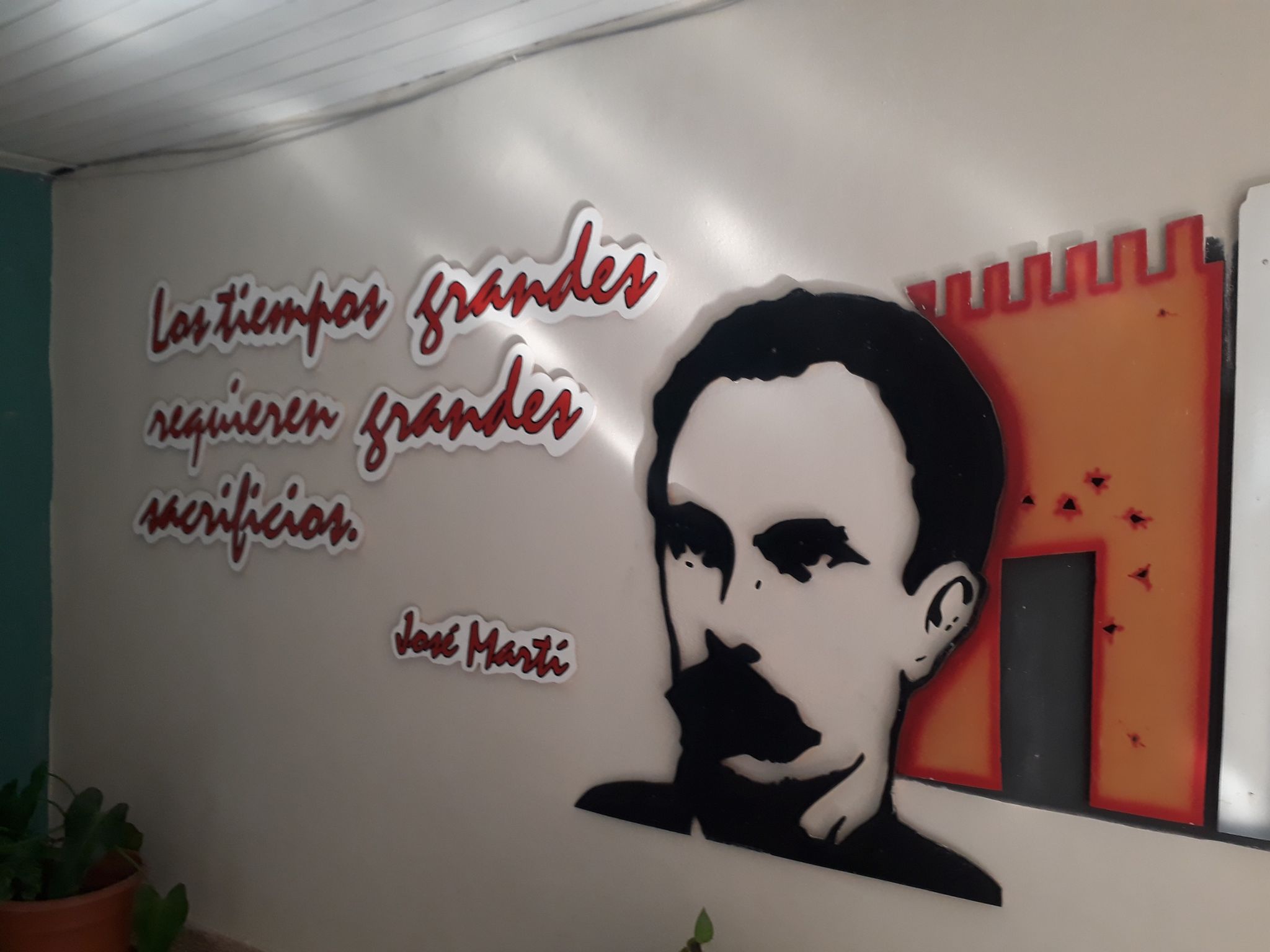
The torches lit the night of that January 28 in a pilgrimage unauthorized by the Batista's henchmen. However, the initiative was not truncated. The fire, sustained by the people, came from the steps of the University of Havana to the Fragua Martiana. It was not necessary to use the luminous banners, also converted into defense weapons (with nails), to repel aggression.
The parade for the 100 years of the Master was unstoppable, in which the contingents of the Centenary Generation stood out for their discipline and training, with Fidel at the forefront. These young people "had already found a leader and were looking for new ways of fighting," as Army General Raúl Castro Ruz stated.
On that date the revolutionary movement grouped more than 1500 men, organized into cells. The revolutionary struggle was reborn and the initiatives of Martí were retaken to organize it. Self-denial and sacrifice allowed the purchase of 165 weapons (mainly small caliber rifles and hunting shotguns) and, in the strictest confidence, the military training of 1,400 young people was carried out.
Then, Fidel spoke of the need to "start a small engine to help set in motion the big one." The first one alluded to the Assault on the Moncada Barracks and the second one to the revolutionary popular mobilization with the arms taken from the tyranny.
In 1953, the economic and political premises for the Revolution existed in Cuba. Under these conditions, the armed struggle initiated by the Centenal Generation, leading edge of the revolutionary movement, led by Fidel; it was the right way. Armed action and mass struggle would be closely linked.




